Frames within Frames: ALL OF US STRANGERS
All of us Strangers is a romantic magical realism drama, in which Adam (Andrew Scott) tries to navigate a blossoming relationship with his neighbour Harry (Paul Mescal). Meanwhile Adam ‘visits’ his deceased parents (Jamie Bell and Claire Foy) who died before then-12-year-old Adam was able to articulate his sexuality to himself or them.
The film’s blocking and framing often make ‘frames within frames,’ partitioning Adam whether he’s in his own living room or on a train amongst crowds of people.
Today we look at how the film creates these frames and what they mean.
One of the main poster images shows many levels of separation between Adam and Harry; they’re not on an equal plane, they’re lit with different colours, and several lines of different thicknesses stand between them.
That conceit runs through the film, the cinematography drawing distinctions between Adam’s isolated existence in his apartment, his feelings of alienation in public, his growing attempts to connect with Harry, and the way he interacts with his parents.
Claustrophobic Aloneness
Even when Adam is alone he’s not entirely free; the windows often create frames which ‘box’ him in, or we see him literally trapped behind glass.

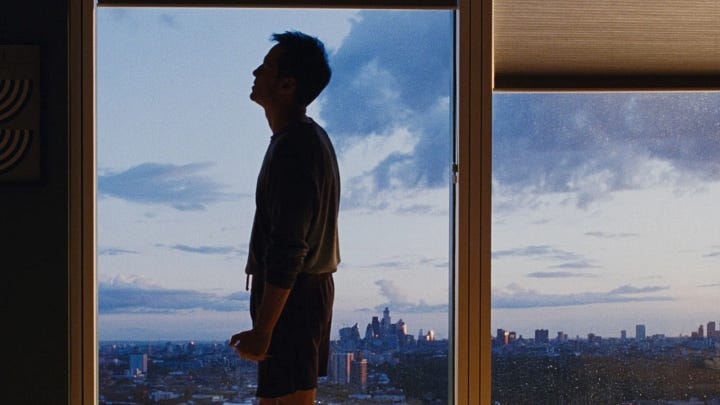
Isolation Within Public Spaces
The bright teal of the train bars works to divide Adam from his fellow travellers.
Even when he’s nearly alone on the platform there’s another glass, near-invisible barrier and structural beams which box him in.
Separation Within Proximity and Attempts to Connect
Adam and Harry meet at Adam’s front door; a liminal space where the doorframe and the door itself inherently create many smaller frames within the films picture.
As the movie goes on, they’re shot sometimes in ‘clean’ singles, and sometimes in the same frame; even then, sometimes they’re clearly each against different backgrounds as they strive to connect, but more and more we get to see them without anything between them.
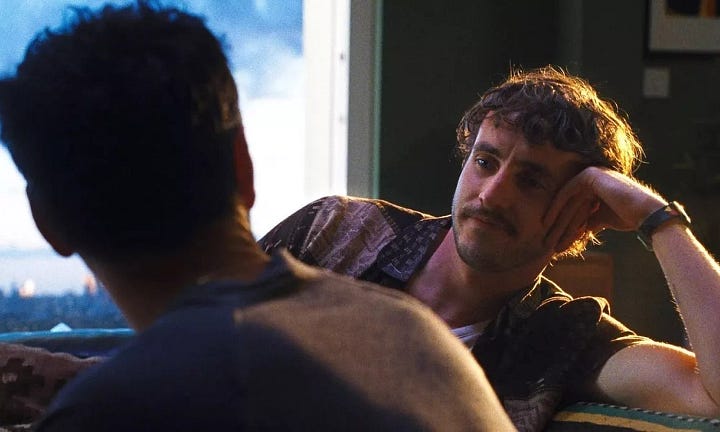


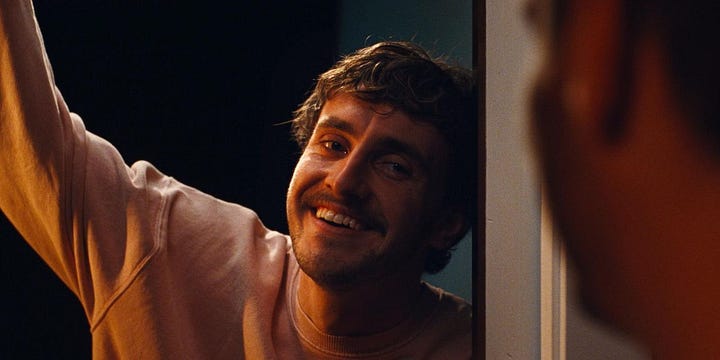
In this scene (which Stu talked about in his mini-series on elevators on film!) Harry and Adam are framed in the same space with nothing physically between them, but the mirrors and depth of field still show some levels of separation.
The panel divides one of the images of Harry from Adam, even while the Harry who shares space with Adam is out-of-focus.
Late in the film Adam and Harry share the same frame for long stretches of time, with nothing whatsoever between them.
(ed. note: I’m omitting those photos because they’re inherently revealing of where the story goes, and as one of my (Mel’s) favourite films of last year I want everyone to experience it fresh, but please do watch! whether you’ve seen it before or not.)
No Division
Compare this to where and how Adam first sees his father — in a wide open field, one of the few shots against the sky without a window between him and it.
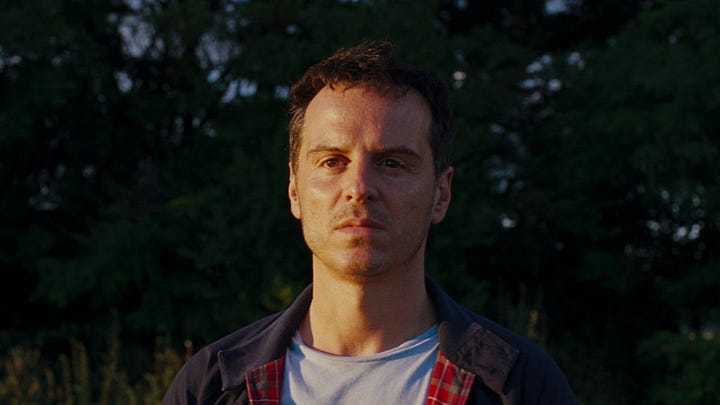
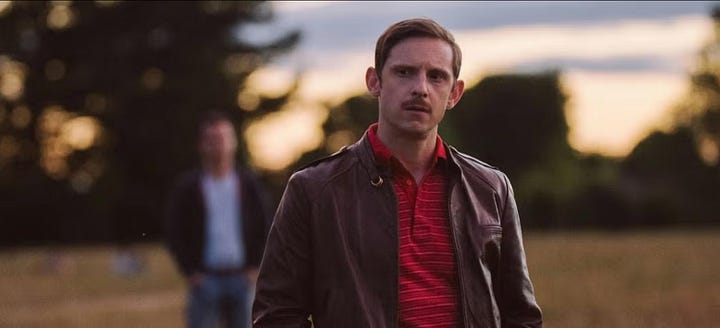
When Adam is with his parents, he is often framed between them, but not separated by architecture or wide distances.
Takeaways
Visual representation of themes don’t always have to be rigid: Adam is not always compartmentalised into a smaller square inside the frame; sometimes he and Harry share a frame for longer periods before they’re divided again; sometimes he’s shown in singles verses a two-person shot with his parents, etc. But when the bulk of shots are geared around a specific theme or feeling, it really adds up, whether the audience cognitively picks up on every single instance or not.
Finally, you can set the audience up for this beforehand with things like opening titles and poster art.













